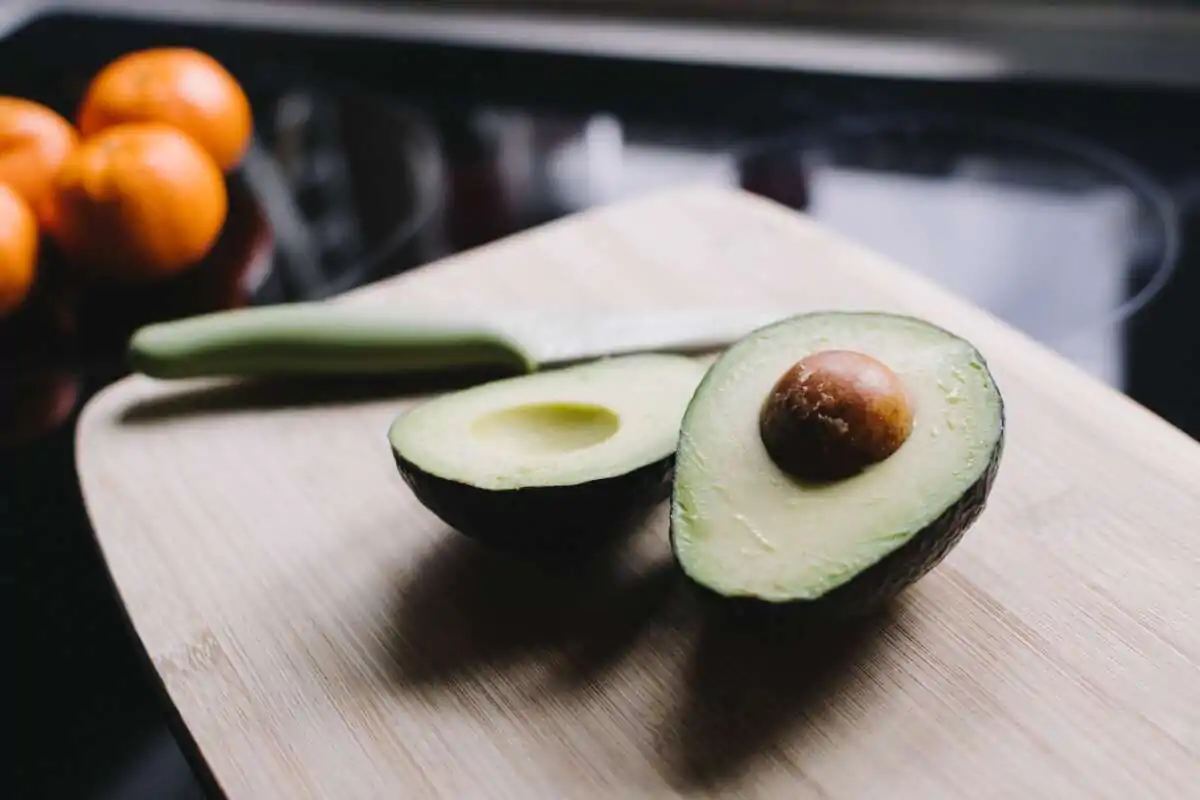Hello, young learners!
Welcome back to Primary 3 Pre Vocational Studies. In our previous lesson, we learned about No previous lesson found.. Today, we’re going to learn about Fatty and Oily Foods.
Objectives
By the end of this lesson, you should be able to:
- Define oily and fatty foods.
- Appreciate the importance of identifying oily and fatty foods for a healthy diet.
- List examples of oily and fatty foods.
Fatty and Oily Foods
What are Fatty and Oily Foods?
Fatty and oily foods are essential parts of a balanced diet, but it’s important to understand their differences and how they affect our bodies.
Oily Foods
Oily foods are those that contain a higher amount of oils or fats. These foods often feel greasy to the touch and may include items like fried foods, cooking oils, and certain snacks.
Some of the common oily foods include:
- French fries
- Potato chips
- Fried chicken
- Samosas
- Spring rolls
- Doughnuts
- Burgers
- Pizza
Fatty Foods
Fatty foods are those that have a significant amount of fats. These can be either saturated or unsaturated fats. Examples include butter, cheese, fatty cuts of meat, and some processed foods.
Some of the common fatty foods include:
- Butter
- Cheese
- Bacon
- Avocado
- Nuts (like almonds and walnuts)
- Seeds (like sunflower seeds and flaxseeds)
- Full-fat milk
- Red meat
Importance of Including Oily and Fatty Foods in Our Diet
While it’s important to consume these foods in moderation, they offer several benefits:
- Energy Source: Fats, including those from oils, serve as an important energy source for the body. They provide a concentrated form of calories that can fuel our activities.
- Nutrient Absorption: Certain vitamins, known as fat-soluble vitamins (such as A, D, E, and K), require the presence of fats for proper absorption. These vitamins are crucial for various bodily functions, including vision, bone health, and immune function.
- Brain Health: The brain is composed largely of fat, and incorporating healthy fats into the diet supports cognitive function and brain development. Omega-3 fatty acids, found in oily fish like salmon and tuna, are particularly beneficial for brain health.
- Cell Structure: Fats are vital components of cell membranes. They help maintain cell integrity and contribute to overall cellular health. Fats also play a role in hormone production and regulation.
- Insulation and Protection: Fats play a role in insulating and protecting organs in the body. Adequate fat intake helps maintain body temperature and protects vital organs from damage.
Evaluation Questions
Now that you’ve learned about fatty and oily foods, let’s see if you can answer these questions:
- What is the difference between oily and fatty foods?
- Give two examples of oily foods and two examples of fatty foods.
- Why is it important to include some oily and fatty foods in our diet?
Conclusions or Summary
Remember, fatty and oily foods are important for our health, but it’s crucial to consume them in moderation. We learned about the different types of these foods, their benefits, and why it’s important to make healthy choices. Keep exploring different food types and learn about their nutritional value! Don’t forget to check the comments section if you have any questions, and use the navigation to move to the next lesson. See you in the next lesson!









